SOTA or State of The Art sent us the Escape Turntable, with a couple of upgrades, and the New Pyxi Phono Stage for review. We will cover the Pyxi a bit in this article as it is the phono stage we used with the escape, however, it will have its own dedicated article. The Escape is part of SOTAs Urban Series, which are their more compact entry-level tables. Though Entry level for SOTA is not necessarily entry level in terms of turntables. These are not cheap tables, the Escape comes in at a base price of $1900.00 U.S. Though that gets you a great setup, a Rega 220 tonearm, a quality 3-phase motor, and a power supply that allows for micro adjustments of speed. SOTA sent our review unit with the Roadrunner upgrade. This is a digital readout of the current speed. it shows an accuracy to the thousandth of an RPM. The Roadrunner upgrade is $525.00 U.S.
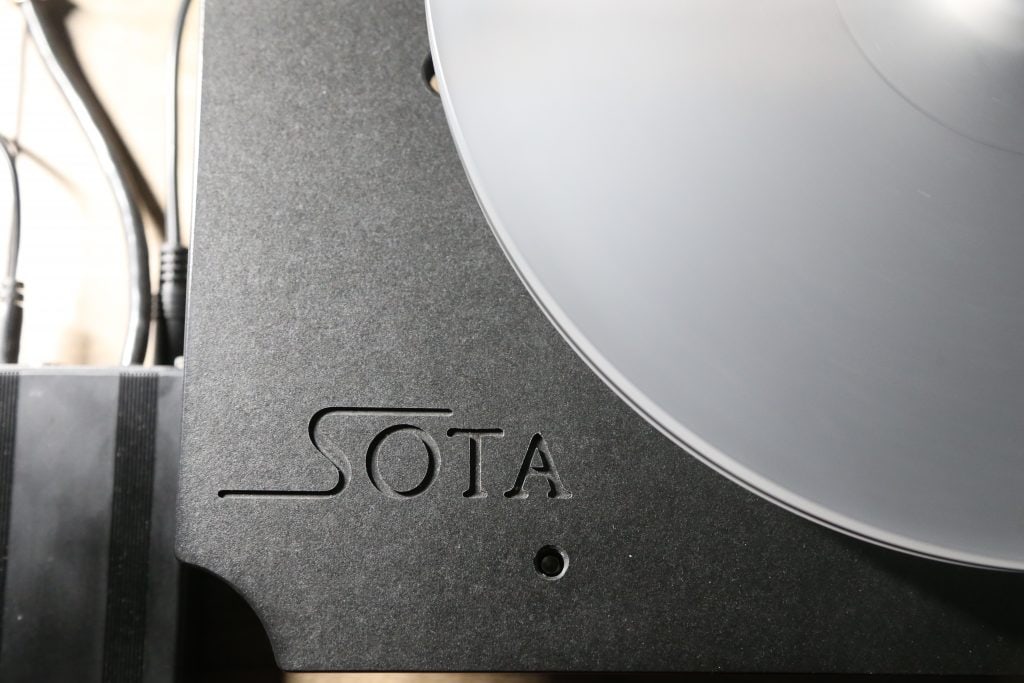
Unboxing And Setup
The Escape comes well-packed and takes a bit of assembly to get going. You may have more or less to do depending on if you ordered any upgrades with your table. If you got just the table take everything out of the box gently and unwrap the plinth. You will also have a set of spikes, threaded rods, and cups. Thread the rods into the table then the spikes onto the rods. You can adjust the height of them to get the table level so don’t crank them down. After you have the spikes on you can set the table where it will be, placing the little cups under the spikes to protect the surface. Now unwrap the plinth and you can slide it onto the shaft. Don’t press down on the plinth as that can damage the bearing. It is meant to sit on an air cushion. Now depending on what electronics you chose to option, you will connect the motor, power supply, and optional Roadrunner speed readout. Once you have everything ready and set, get out the included bubble level or your own and adjust the three spikes until the table sits as perfectly level as you can.
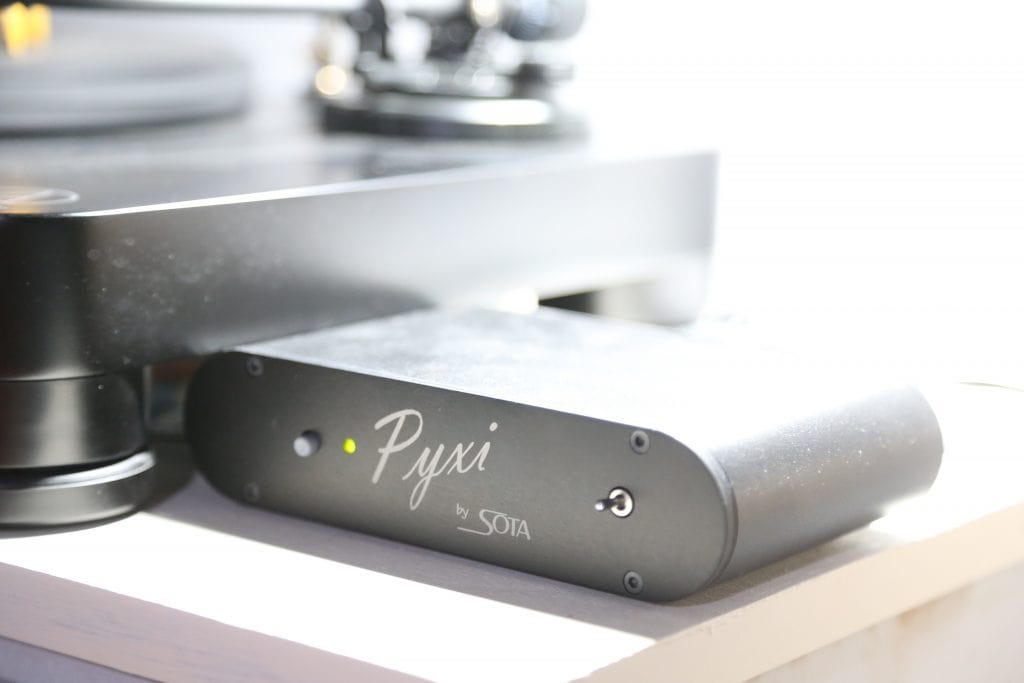
If you ordered it with one of the optional cartridges, they will come already mounted. I think it is always a good idea to double-check the setup. I would at least recommend checking the tracking weight as it is possible the counterweight may have moved in shipping, or during assembly. Ours checked well and with the included protracter I checked the alignment as well and everything looked in spec. After those final checks, I was ready to play my first record. I chose a familiar one, Moby Reprise. It is my all-time favorite album and one I am intimately familiar with at this point. I would easily be able to tell if anything in the setup was a miss. I am happy to announce that the album sounded as good as ever on the Escape.
As mentioned I have the Escape connected to the Pyxi Phono Amp. I originally heard the Pyxi while it was still in the prototype stage. It was being debuted at Capital Audio Fest last fall (2022). The Pyxi has a little setup as well. After getting it unboxed, be sure to read the manual, as it goes over the switches on the back and how to properly set it. I have this one set to 47K and 47P. While there really isn’t a right answer, you can find recommendations on loading for most cartridges and they are usually a good place to start.
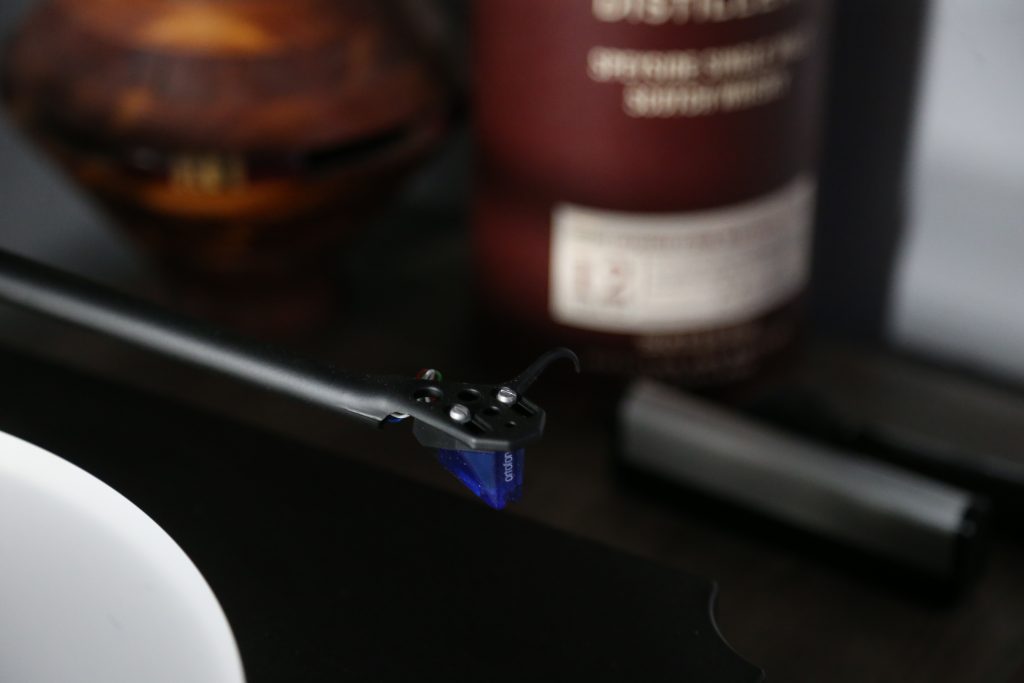
Sound
I wanted to set up some different listening tests to see how the Escape performed. I own an album on multiple formats and copies, Good News for People Who Love Bad News by Modest Mouse. I queued up a copy on both the Escape and my Audio Technica LP-7. I have the same cartridge on both, the Ortofon 2M Blue. To keep things as equal as possible I didn’t use any weights as I don’t have two identical ones. Both are playing into the Marantz SR7009. All settings are set to equal between the two inputs. I used the internal Phono Stage in the LP-7 and the Pyxi for the Escape. I wanted to test this a system you would buy, in either case, to add to your setup. the LP7 will run your about $850.00 U.S. and the SOTA system as tested will run you $2,725.00. In both cases, you will be added the 2M Blue, as it is not included with either.
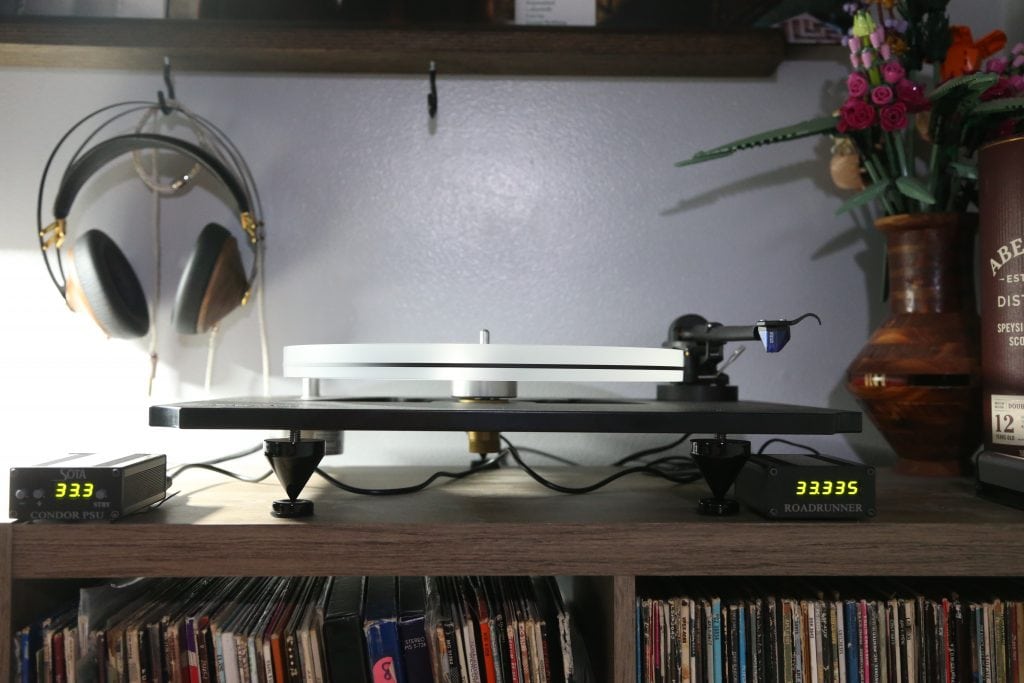
So which is better? It’s not as simple as which is better, it’s more which is better for you. The SOTA is a better-sounding table, overall. It has better channel separation, as well as the sound stage sounds deeper and wider. Listening to both back and forth, doing A/B comparisons, you can hear the difference in detail. The texture of the drums and the guitar is quite a bit better with the Escape. The upper frequencies in cymbals and hi-hats are clearer as well. My favorite song on the album is probably “The View”, it’s a fun song with a slap bass line and great kick drum. The rhythm guitar is fantastic as well. Listening on the LP-7 had the song feeling more closed in and somewhat distant. The SOTA brought the vocals to the front and had better layering. I will say that the Escape Sounded overall better, in pretty much every way. That said is it 4 times better, and that is something we will discuss more in a bit.
I recently picked up Moby’s latest release, Resound NYC. This album is a direct follow-up to Reprise, another orchestral arrangement of his music. I have to say it is an incredible album and only comes in second place for me due to Reprise having more of my favorite Moby songs. However, Resound is a must-own, and one that I will listen to many many times. This album is expertly recorded and mastered, the Deutsche Grammophon did a spectacular job on both Resound and Reprise. The Escape and Pyxi combo is able to take advantage of the excellent pressing and present it beautifully. There are no artifacts at all, the Escape is a dead silent table. I would argue with a good pressing and a clean record you will have digital-like clarity and clean sound. A favorite of mine Flower, famously from Gone in 60 Seconds (remake) has Amethyst Kiah doing vocals, and the tone is dead on, She sounds incredibly lifelike in the recording. The small fill instruments like tamborines, are perfectly audible. Detail is on tap, fill up your cup.
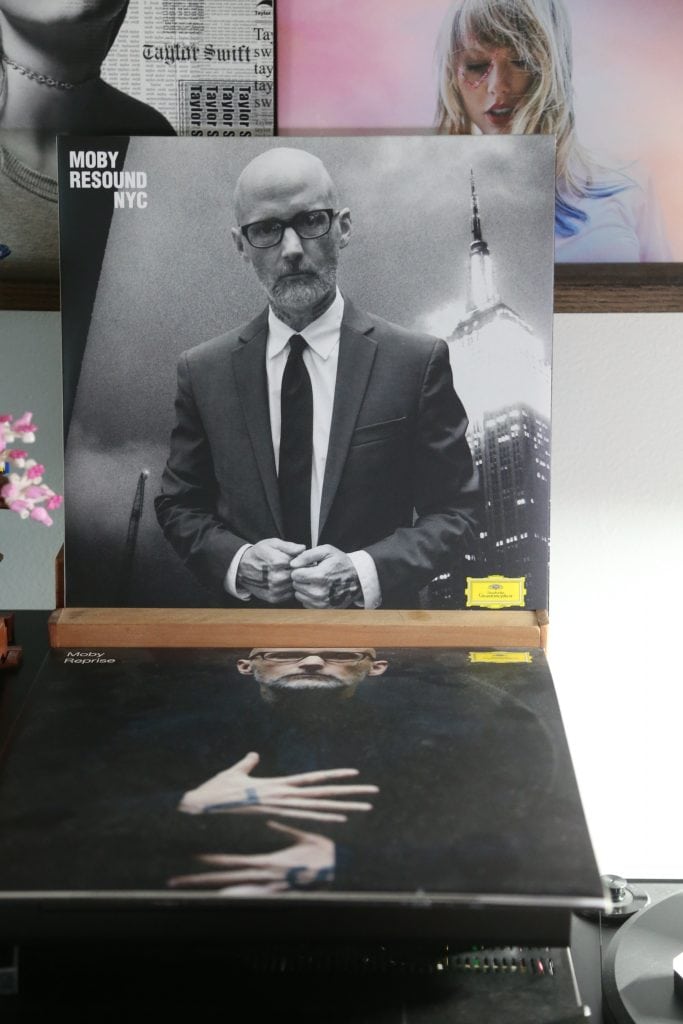
A large part of records sounding good is the Phono stage. It can have a ton of influence on reproduction as every one of them will have their own way of handling the RIAA curve. This will be most apparent as the frequency gets lower as the curve is weighted more and more to the lower frequencies, and has much less effect at the top. entry level or integrated Phono Stages often get muddy in the bass region and tend not to have the greatest detail in the midrange, which is where you find the majority of instruments and vocals. While it is nice to have an integrated Phono Stage when you are getting started in Hifi, if you find you are really getting into vinyl playback, it is an area you can get a lot of benefit from upgrading. The Pyxi is only 300 dollars and will likely be a substantial upgrade to most entry-level Integrated amps, and even high-end AVRs. So even if you have a great AVR, if it is pulling double duty you may want to try out the Pyxi. (Full Review out Soon)
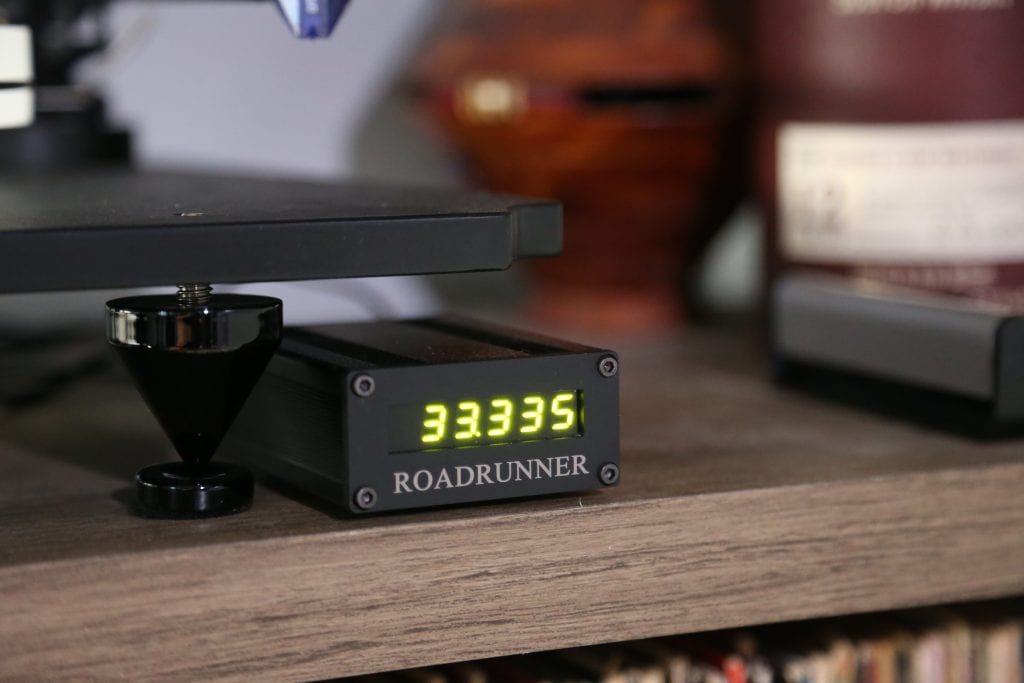
Specs
● Three-phase synchronous motor controlled by the Condor PSU for precise speed.
● Phenolic resin plinth (made from recycled paper) delivers astonishing soundstage
● F6061 Aluminum Spiked feet and pads
● Sapphire disc bearing assembly for friction-less rotations
● Tonearm mount accommodates SME, Rega, Audio-Technica AT1503IIIa, & other arms
● Small footprint allows Audiophile Grade performance in a convenient package
Pros
- extremely upgradeable
- dead silent table
- consistent speed
- user-adjustable speed control
Cons
- Aesthetics may not be your thing
I will say for me the only downside of this table is the aesthetics. Due to the thin albeit dense plinth, you see the motor and bearing through the bottom. It would be nice if they had a cup or something covering them for a cleaner look. There are also a lot of cables involved if you opt for the Roadrunner option. Granted I would absolutely say the cables are worth it for the speed readout, however, I know cable bulk is not something everyone likes to deal with. You will also need three outlets for the full kit (including phono). It would be awesome if there was a central control for power and each device plugged into that. I want to add that if you purchase the Linear Power Supply it will reduce the amount of plugs you need to one. I do really like how upgradeable the table is. You can put a ton of different arms on, as well as a thicker platter. It also is a great candidate for upgraded Cartridges, I wish I still had the Dragon on hand when this came it. For me the performance is so good, the appearance-related downsides wouldn’t be a deal breaker. I can’t really find any performance-related flaw with the table.
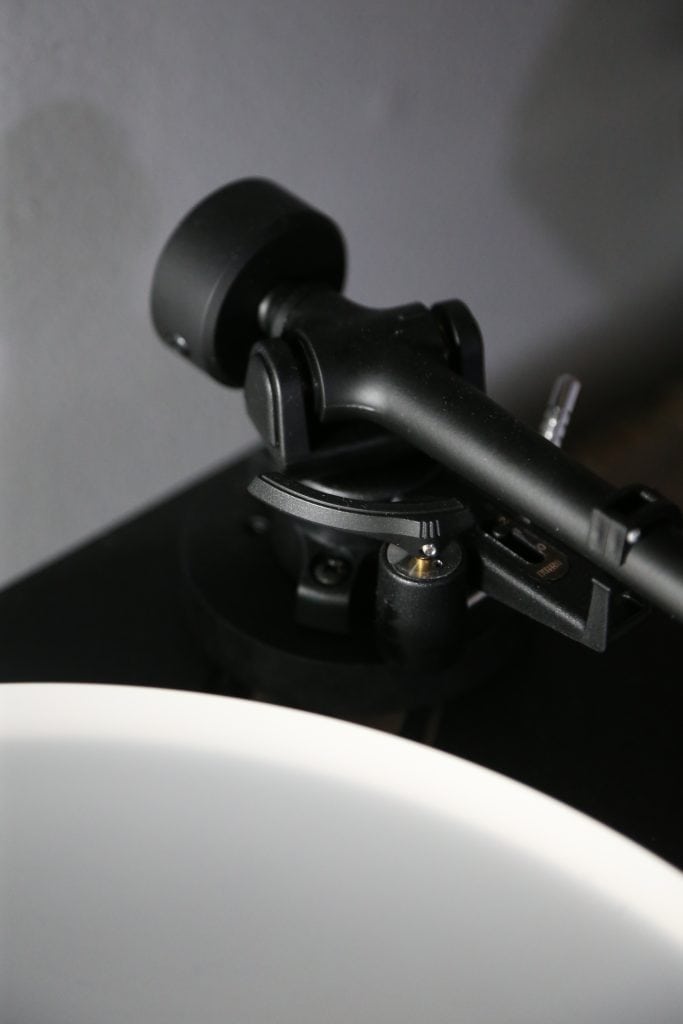
Frequency Response Test
Frequency Response captured with UMIK 1 Calibrated Microphone, Frequency response generated from Ortofon Test Record.
SOTA Escape with Pyxi
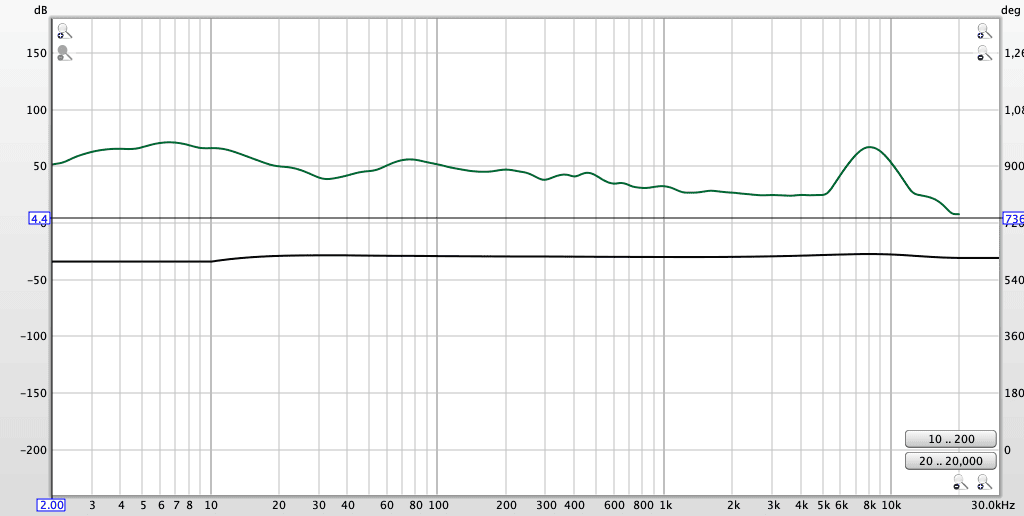
Audio-Technica with Built-in Phono
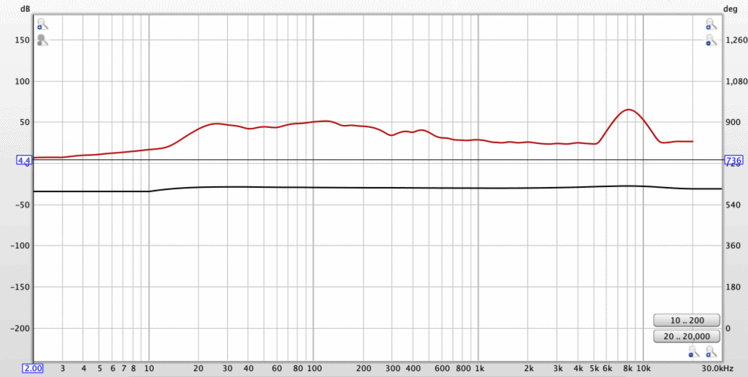
Associated Equipment
- Marantz SR7009 Pre Amp
- Mcintosh MC250 Power Amp
- SVS SB1000 Pro
- Nakamichi PA-5 Stasis Power Amp
- Sonus Faber Sonetto V Speakers
- Audioquest Power and Interconnects
- Prosper Cables Custom Speaker Cables
- Audio-Technica LP-7
- Ortofon 2M Blue
Conclusion
The SOTA Escape with Pyxi Phono and the RoadRunner kit is a spectacular setup. It sounds wonderful, has a huge upgrade path without needing an entirely new table, and comes in at a fair price for performance and useability. You can get similar performance for a bit less, but not many comparably priced tables have the same upgradeability. Meaning you can save money now or later. As I mentioned earlier, even better-performing products aren’t necessarily the better buy. When you look at the LP-7 compared to the Excape, it has a little added value of a built-in phono amp. While the LP-7’s built-in amp is nothing to write home about, if you don’t have one in your preamp/ integrated amp, it is one less item to buy if you are on a tighter budget. That said it does not have the upgrade path, meaning if you outgrow it, you will be replacing the whole unit. I think at its base price of 2000 Dollars the Escape is a good value proposition, adding the Pyxi is only 300 dollars as well. I will say it is at its core worth the price over the LP-7 and if you are currently looking for a table in the price range of a couple of thousand dollars it needs to be on your audition list. The speed control really sets it apart from a lot of the competition in the price range. Most tables will not have a digital speed control with minute adjustments for the perfect speed. This combined with the Roadrunner that constantly monitors and auto-adjusts your speed to the 1/1000 of an RPM and you have a high performer in a market segment that doesn’t usually see this feature set. To sum it up, I really like this table, and is a contender for my next table when I upgrade the LP-7, and should certainly be on your list to audition.
To find your nearest dealer click the link below





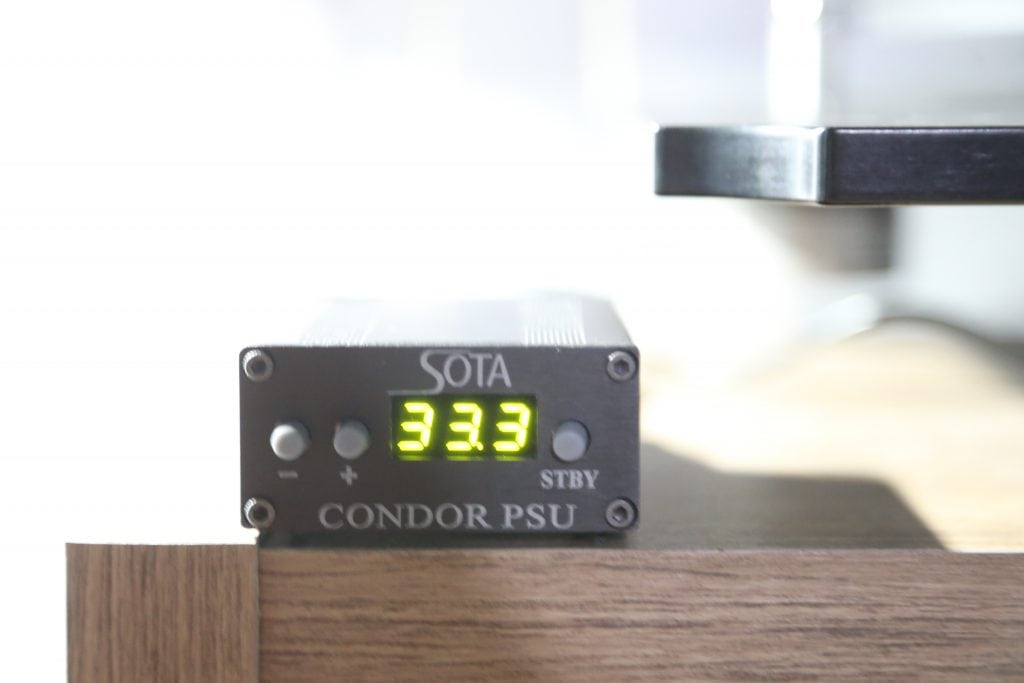

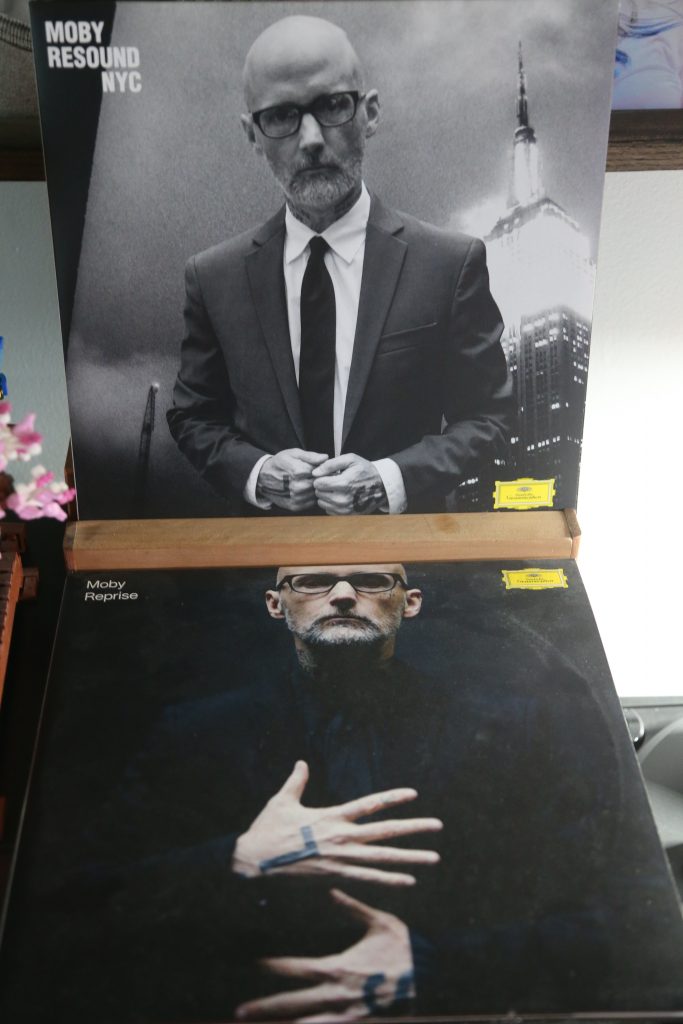


Disclaimer: SOTA provided Hifi Chicken with a Demo Copy of the Escape and Pyxi for the Purpose of review. SOTA, nor any affiliate paid in full or part in exchange for this review.